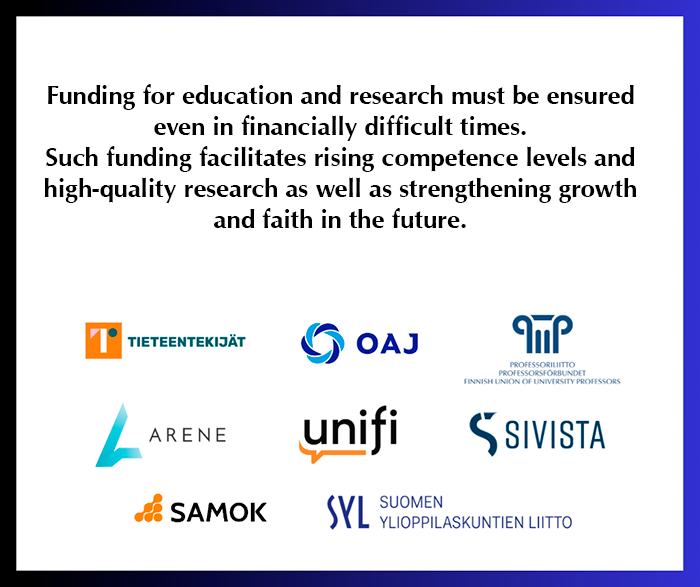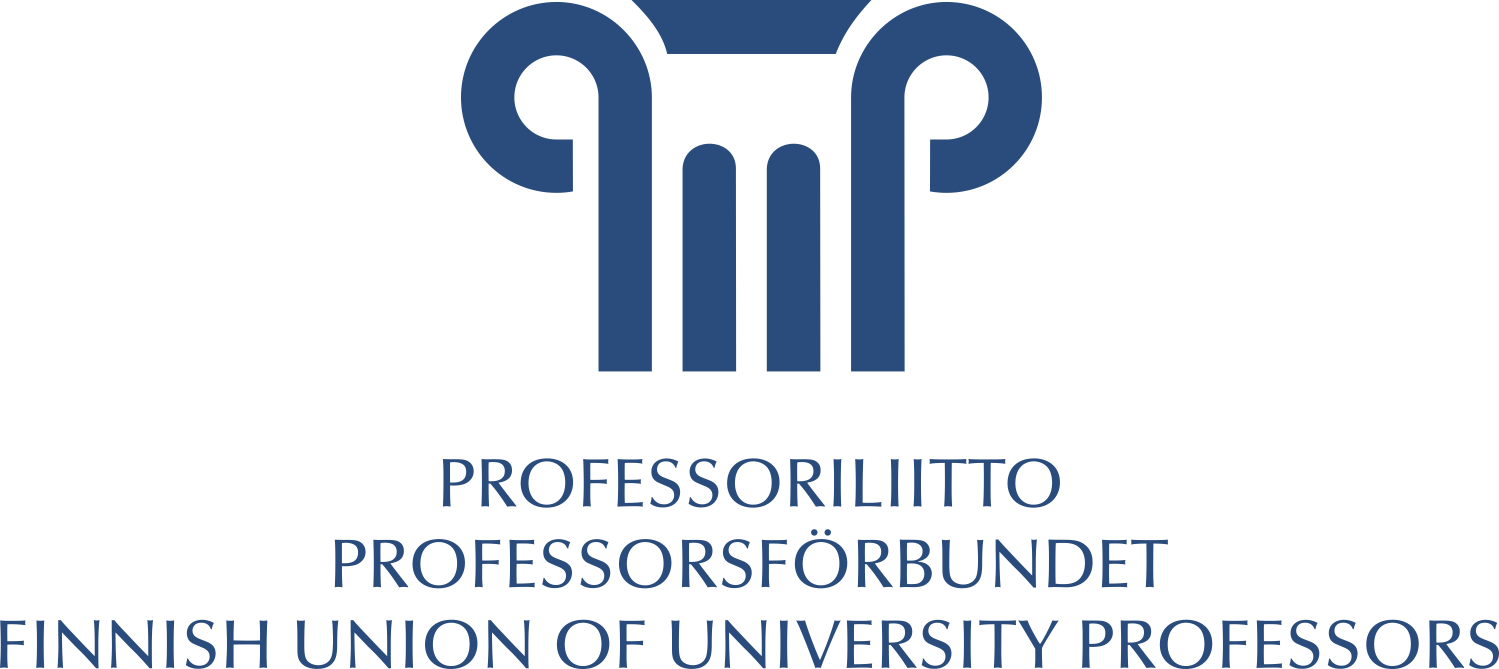Education funding must be ensured even in financially difficult times
Prime Minister Petteri Orpo’s Government convenes for the government discussion on spending limits on 15–16 April. The Government’s objective for the spending limits discussion is to decide on new adjustment measures amounting to around 3 billion euro. Funding for education and research must be ensured even in financially difficult times. Such funding facilitates rising competence levels and high-quality research as well as strengthening growth and faith in the future.
One positive aspect of the Ministry of Finance’s proposals for the central government spending limits for 2025–2028 is the commitment to increasing RDI funding and RDI activity intensity towards four per cent of GDP by 2030. The commitment to increase RDI funding is the way towards financial growth in Finland. The investments should focus on increasing the numbers of RDI experts, developing research environments and improving co-operation between sectors.
The Ministry of Finance’s spending limits proposal includes cuts of around 250 million euro to the administrative branch of the Ministry of Education and Culture by 2028 as stated in the Government programme. This also includes cuts to education. The proposed cuts are not in line with an increase in competence level: higher education admissions cannot be increased nor the share of people with higher education degrees increased to 50 per cent of the age group by 2030 without appropriate resources. We want to emphasise that the decisions that have already been made will lower the funding per degree for universities and universities of applied sciences during the Government term. This will weaken long-term growth.
We strongly appeal that higher education funding should not be frozen at its current level. The Government must keep its promise of special protection for education.
Cutting funding on all levels of education would have long-term negative impacts on growth. From the perspective of education and competence, it is of vital importance to nurture the entire education chain. For example, cuts to secondary education weaken the competence of students and the wellbeing of young people, which then result in increased stress and a need for support in higher education too. The stress and wellbeing challenges experienced by higher education students affect the entire higher education community. Multidisciplinary support is needed in higher education institutes to promote student wellbeing. Student livelihood should not be cut any further.
Despite the savings pressures on central government finances, the objective should be a strong commitment and necessary resources to increase the education level to 50 per cent by 2030. A long-term plan to realise the increase in education level must be drafted. We need to look to the future, especially when times are hard. Finland’s future – economic growth, competitiveness and wellbeing are based on competence and expertise.
Signatories
Trade Union of Education in Finland OAJ
Rectors’ Conference of Finnish Universities of Applied Sciences Arene
Finnish Union of University Professors
Finnish Education Employers
Universities Finland UNIFI
Finnish Union of University Researchers and Teachers
National Union of Students in Finnish Universities of Applied Sciences SAMOK
National Union of University Students in Finland SYL

